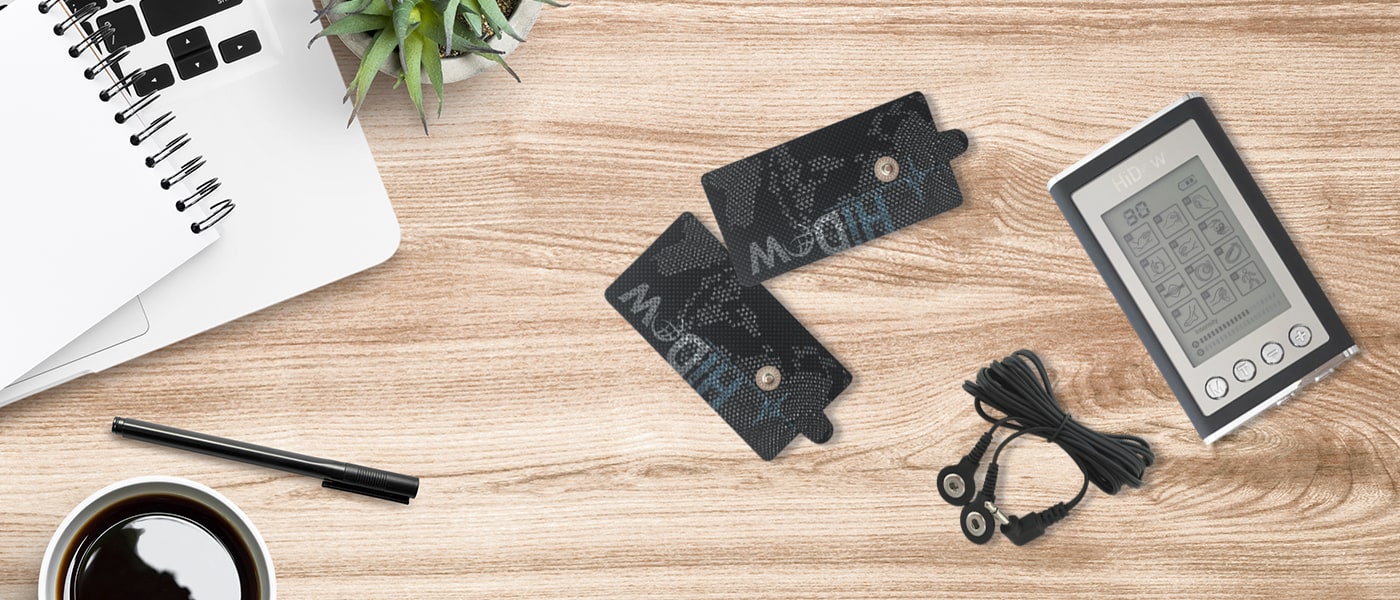Are you an avid TENS & EMS user for pain management? Do you suffer from chronic pain, or arthritis, or are you prone to reoccurring muscle injuries? If you answered yes to any of these, you may find it beneficial to keep track of your TENS sessions with your HiDow device to learn more about how keeping a detailed record of your recovery can improve your pain management journey. One thing to keep in mind about pain management and living with chronic aches and pains is that it is often a very distressing and difficult journey.
When you keep track of your TENS sessions, you are essentially journaling and documenting your struggles with chronic pain, sports injuries, or even just your recovery in between exercising sessions for those who use TENS/EMS as a tool for strengthening. Here’s how to keep track of your TENS sessions:
Keeping a Pain Management Diary
Keeping a pain management diary can seem kind of silly, especially if you aren’t already into the habit of journaling. But there are numerous benefits to keeping a diary that relates to your pain management journey. Keeping a pain management diary is quite easy and only requires that you write down simple things such as: • When you feel pain • What you were doing when you experienced the pain • How you felt about the pain • What did you do to manage the pain? • How did you feel afterward? Physically and Emotionally. And so on…
What Keeping Track of Your Tens Sessions Can Help Reveal
Keeping track of this information can offer a lot of insight that will help you better understand the pains that you are experiencing. For example, documenting what you were doing at the time that you experienced that pain returned may help you identify potential triggers that cause episodes of pain. Additionally, you can identify:
• Important changes in your health
• You experienced side effects from TENS or pain medication
• If you need to increase or decrease how often you use your TENS device.
Just to name a few.
What to Do With the Information You’ve Collected on Yourself
Alright, so you have data about yourself and the pain that you experience in a journal. What exactly do you do with this information? For starters, you can plot data about when you are experiencing pain to identify patterns. For example, this helps with identifying if your arthritis is acting up. Because of physical activity, a change in the weather, or some other factor. You can then take information like this and make the necessary changes to your lifestyle to avoid experiencing pain.
Now, this is no substitute for visiting a doctor or seeking out professional medical advice. But if you know that you feel your arthritis more when your joints are cold. Then you can use a heating pack, gloves, or socks to counteract the cold.

Related Stories
Summer Olympics Legacy: From Past to Paris 2024
The 2024 Summer Olympics in Paris are set to be an amazing celebration of tradition,
Jul
Top Device For Neck & Back Massages
Are you tired of constantly battling neck and back pain after a long day at
Jul
Best Low Impact Workouts For Back Pain
Are you tired of dealing with back pain that seems to flare up every time
Jul
How To Use TENS Socks For Peripheral Neuropathy
Imagine being able to treat the tingling, numbness, and pain associated with peripheral neuropathy without
Jul
Maintenance Tips For TENS Unit Gel Pads
As you settle in for a soothing session with your TENS unit, the last thing
Jul
Tech-Powered Holistic Therapy with HiDow
July is Holistic Therapy Month, a time to celebrate practices that nurture the mind, body,
Jun